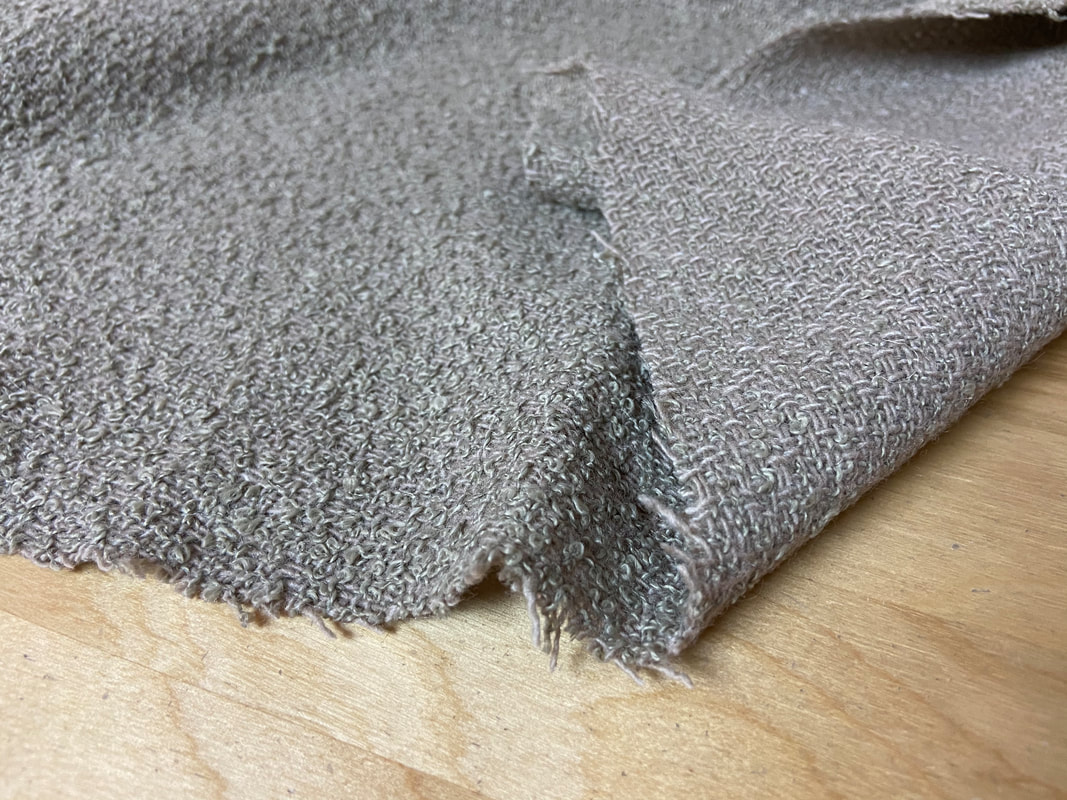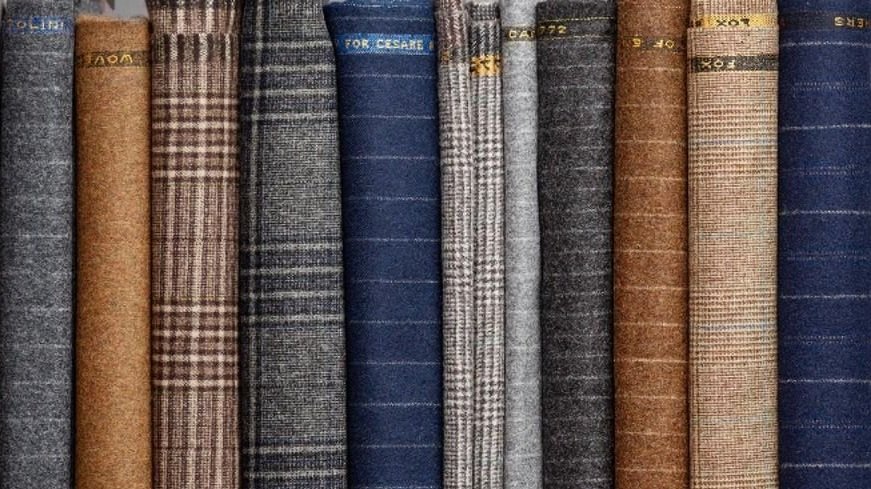The Best Guide To All 4 Way Stretch Fabrics
The Best Guide To All 4 Way Stretch Fabrics
Blog Article
The Best Strategy To Use For All 4 Way Stretch Fabrics
Table of ContentsFacts About All 4 Way Stretch Fabrics UncoveredAll 4 Way Stretch Fabrics Can Be Fun For AnyoneThe 20-Second Trick For All 4 Way Stretch FabricsAll 4 Way Stretch Fabrics - QuestionsA Biased View of All 4 Way Stretch Fabrics
You can find out more regarding grain and grainline of material right here. The fabric weight depends on many factors like the weave, fiber type, and so on and is commonly denoted by GSM. GSM can vary from 60 -700; 700 being the GSM of really top notch woolen textile. A denim fabric has a GSM of 400, depending upon the weave.One thing you have to maintain in mind is that higher material weight does not signify greater textile quality. It simply is a sign of the suitability of the material for a certain project. You can pass by high material weight textile denim for a light-weight drifting serape. Knowing the fabric weight is useful when contrasting the exact same kind of fabrics, yet also this will certainly depend upon its application.
Check out the listing of the 70+ different material finishes and treatments. Essentially, one of the most essential standards to try to find in the fabric you acquire are as complies with. The variety of strings per inch of fabric (yarns-per-inch). Greater the string count greater the number of strings woven per inch, and the higher the high quality.
This is very crucial in any type of fabric. In top notch material, this equilibrium (either in numbers or in dimension) will always be kept. Processes used on fabric to enhance appearance and performance. leggings fabric. The fibers that are woven to make the textile will either be as a solitary strand or will be formed by incorporating 2 threads (turned).
Things about All 4 Way Stretch Fabrics
A two-ply thread is superior to a single-ply thread.

If you are preparing to begin a new sewing job, selecting a textile will be one of the most essential action as soon as you choose what you wish to make. After you've gone to all the problem and cost of purchasing the stitching maker you like, a pattern you enjoy, and a material you love, you desire the completed product to be a success, right? One method to complete that is to start by ensuring your textile is absolutely best for the project.
If you're making a patchwork, you'll automatically want to make use of quilter's weight cotton for best outcomes. Yet what if you want to make a product of garments? Just how do you know which fabric will provide you the most effective outcome? Picking a textile simply because you love the print or design on it isn't always the very best approach.
In order to avoid doing a whole job for basically absolutely nothing, we have actually assembled some pointers to aid you make a decision which material is right for your job. Let's state you already have a job in mind; how do you find the best material for it?
4 Simple Techniques For All 4 Way Stretch Fabrics
Believe of the features you want the finished item to have. If clothes, will it be fitted or loosened? Dressy or day-to-day? For warm weather or cold? Do you desire a solid color or a print? If you are making a non-wearable thing such as a pillow cover or potholder, make use of a sturdy textile such as canvas.
There is a lot information available regarding materials, their attributes, and their usages, it might obtain to be frustrating! So do not attempt to take it in all at the same time; just start with the job at hand. Find out all you can concerning the fabric you make use of for this project.
Maintain a record of ones you do utilize, with all the pertinent realities regarding them. Consist of little swatches for referral. There will come a time when you'll rejoice you went to the trouble to do so. You will have your very own little collection of information to browse when you begin each new project.
If you're beginning with a pattern that you recognize you intend to make, a lot of the time the pattern will certainly inform you which type of textile will certainly work best for that patternor at the very least provide you standards. Keep in mind that the standards are there for a reason; pay focus to them! You can make your own decision and do your very own point, yet you may end up having to redesign it if it does not go so well.
All 4 Way Stretch Fabrics for Beginners
If you're a stitching novice, begin with cotton, such as you would certainly discover in the quilting area of a material store. Cotton is by much the most flexible and easiest textile to collaborate with, and almost anything can be made with cotton. Make sure to wash it first, since it does reduce.
Pick a thing of clothing to make, or a craft projectjust avoid points that require to be elastic (knits) or upholstery-type jobs (heavy, resilient textiles). Woven cotton, textiles that are simple to deal with are flannel, non-flimsy woven silks, and wool or woollen blends. Stay clear of anything with a snooze, such as velour or fake fur, and stay clear of unsafe or sheer textiles.
You will take pride in the finished project as opposed to annoyed with time and materials squandered. The Influenced Sewist uses stitching products, courses, machines, and repair service. We can assist you find out brand-new techniques or inspire you to start, leading you with any type of job you 'd like to complete. We additionally supply aid for any kind of sewing equipment acquisitions or repair work.
Additionally, keep a document of ones you do make use of, with all the pertinent realities concerning them. Consist of little examples for reference. There will certainly come a time when you'll rejoice you went to the trouble to do so. You will have your very own little collection of info to surf when you begin each new job.
The Ultimate Guide To All 4 Way Stretch Fabrics

If you're a stitching amateur, begin with cotton, such as you would certainly find in the quilting area of a material shop (cycling jersey). Cotton is by much the most flexible and most convenient textile to work with, and nearly anything can be made with cotton. Make certain to wash it first, because it does shrink
Select a product of apparel to make, or a craft projectjust stay clear of things that require to be elastic (knits) or upholstery-type tasks (heavy, long lasting materials). Besides woven cotton, fabrics that are easy to deal with are flannel, non-flimsy woven silks, and wool or woollen blends. Prevent anything with a nap, such as velvet or fake fur, and avoid slippery or large materials.

Report this page